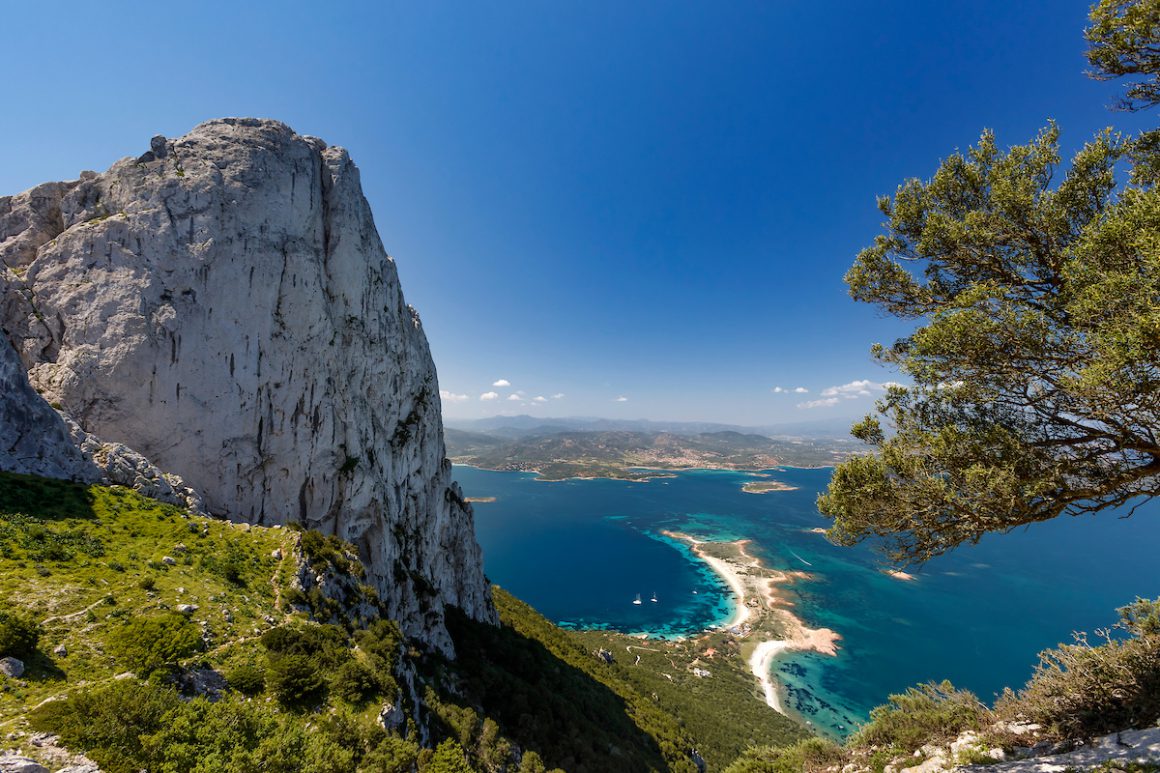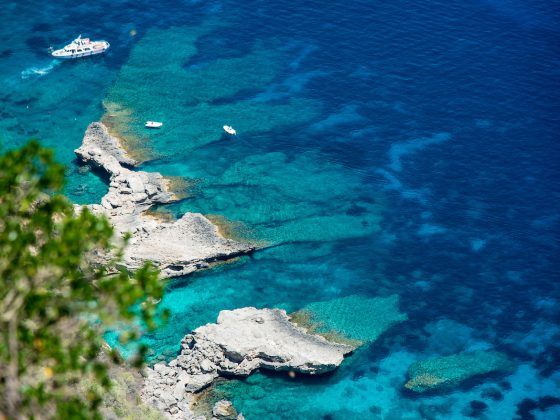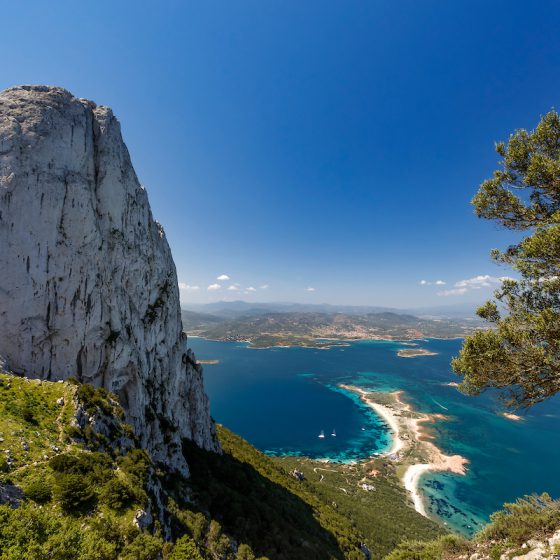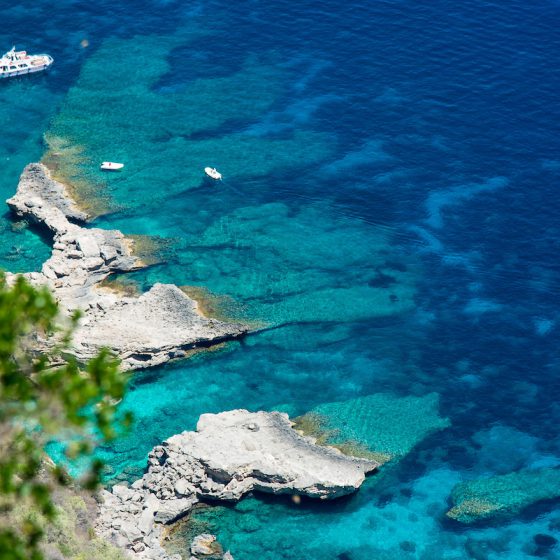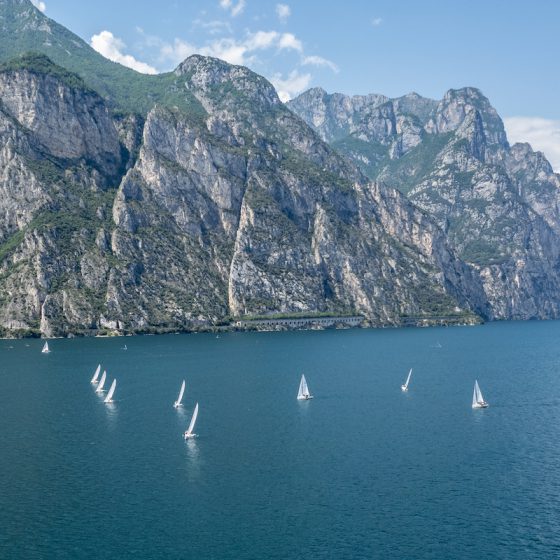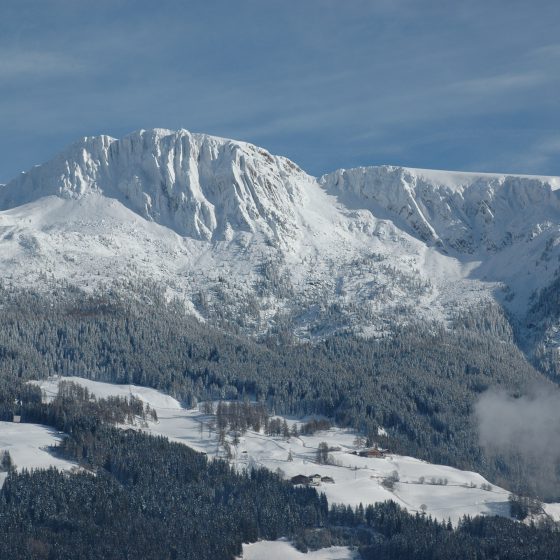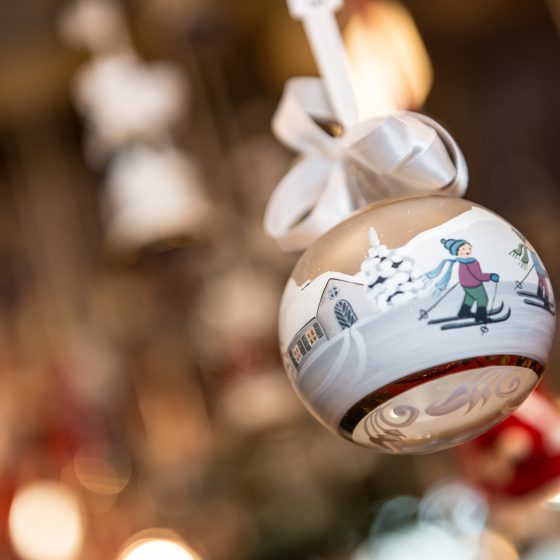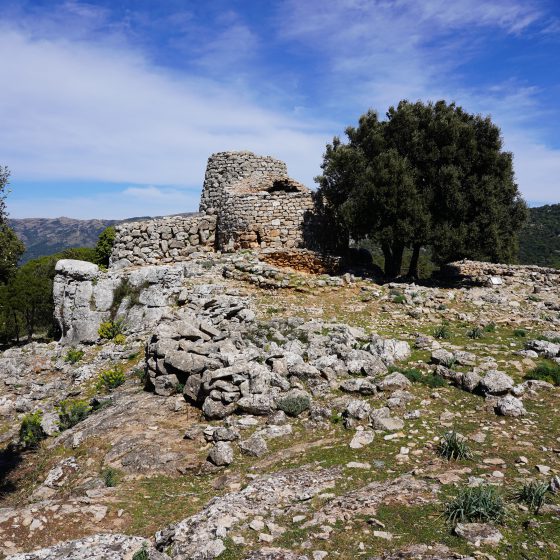Which is the best destination for Forbes in 2024? Sardinia. The U.S. magazine states that the Italian island is undoubtedly the place where travellers can get in touch with the most authentic experiences, off the beaten path, more than any other. In any case, where to go is just as important as when to go. It is best to visit when there are fewer crowds, mild weather, and fair prices. Five destinations to fall in love with Sardinia off-season (and then always returning).
Back to the Origin
Trekkers should consider walking with a guide to the underground village of Tiscali. From the rugged and wild Lanaittu valley, it is a 4-hour hike between the outward and return legs. The sudden appearance of the ruins of the village dating back to the Nuragic age (15th-8th centuries B.C.), occupied during Roman times and the Middle Ages but remained hidden until the early 1900s inside the huge sinkhole opened in the heart of Mount Tiscali, truly leaves one in awe. We are just over 500 metres above sea level, between the Supramonte of Oliena and Dorgali, and walking among the huts, the small dwellings and the vegetation of holm oaks, junipers, lentisk, ash trees and wild olive trees, time and space seem to have remained petrified.
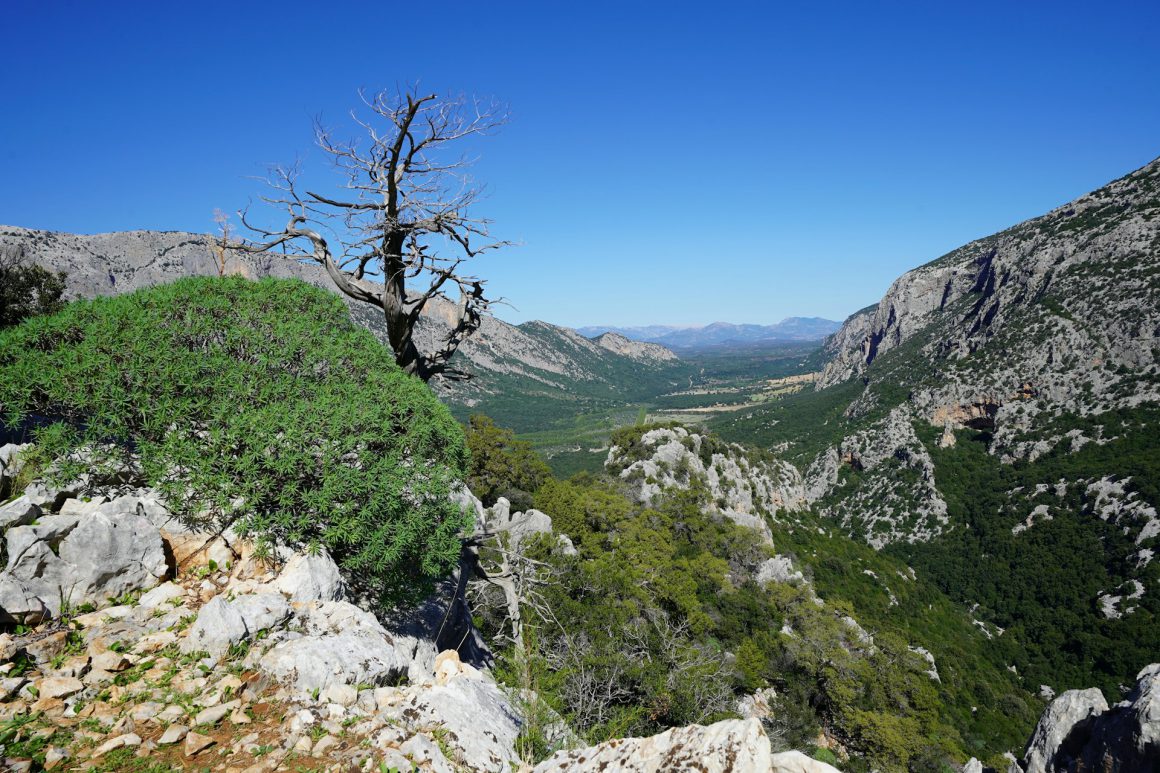
Photo de Jürgen Scheeff sur Unsplash
Discover the Most Important Land Artist of Sardinia
Ulassai stands out in the shadow of the giant rock formations made of limestone and dolomite, in the area. Maria Lai is one of the island’s best-known artists in the world (1919-2013) and her hometown is an open-air museum that holds her art work. The old train station houses an exciting art itinerary with more than 140 iconic works: from “arte povera” represented by her famous breads and looms, to the video “Legarsi alla Montagna”, the choral performance that anticipated the birth of relational art. There are also site-specific installations throughout Ulassai, including a sculpture tribute to Gramsci (in the communal washhouse) and “Casa delle Inquietudini”, painted for her community with totem poles.
The Last Wild Horses in Europe
Locals call it “Sa Jara Manna”: the giara of Gesturi is one of the geological wonders of Sardinia, a basaltic plateau formed in the present central-southern part of the island since the Miocene that is a good 20-25 million years ago! At an average altitude of 550 metres, its 45 square kilometres covered with basaltic lava, cork forests, Mediterranean scrub and paulis (small marshes where rainwater temporarily stagnates) should be visited also to see the small in size wild horses, a strong and untamed in character species,that were probably introduced to the island as early as the Nuragic or Punic period. The best time of year to encounter them is between February and May, when the females give birth to their foals.
An Enchanted Forest
Travelling along Provincial Road 48, between the first spurs of the Gennargentu, the upper Cedrino Valley and the Orgosolo Supramonte, just 15 kilometres from the hundreds of murals that proudly colour the town of Orgosolo, you reach a magical place. The precious forest of Montes, in fact, is home to “Sas Baddes”: its centuries-old holm oaks, interspersed with the pink to purple-red blooms of the peony, is one of the oldest and most extensive holm oaks in the Mediterranean. In its 4,500 hectares of pure nature, on the elevations around 1,000 metres, you can spot mouflons and golden eagles but also discover important signs left by man over the centuries such as Nuragic remains and the typical shepherds’ shelters made of stone and branches, as well as enjoy the views of the canyon walls of Gorroppu and the doline of Su Suercone, the deepest on the island.
Peninsula of Wonders
Visiting Sinis, one wonders how such a small peninsula can contain so many treasures. Yet in this strip of sea and land located on the central west coast of the island, pink flamingos balanced on ponds and the Giganti di Mont’e Prama (dozens of stone giants dating back 3,000 years ago) on display at the museum, the beach with the transparent quartz grains of Is Aruttas and the soft sand of San Giovanni di Sinis, the archaeological site of Tharros, as well as the shipwrecks off Catalan rock that have been lying on the protected seabed for centuries. The beauty of a marine protected area is endless, with the meadows and coral of Posidonia oceanica and turtles, dolphins, whales.
Written by Marta Ghelma
At Dolomite Mountains, we have designed some amazing trips to fall in love with Sardinia off-season. You can check them out here.
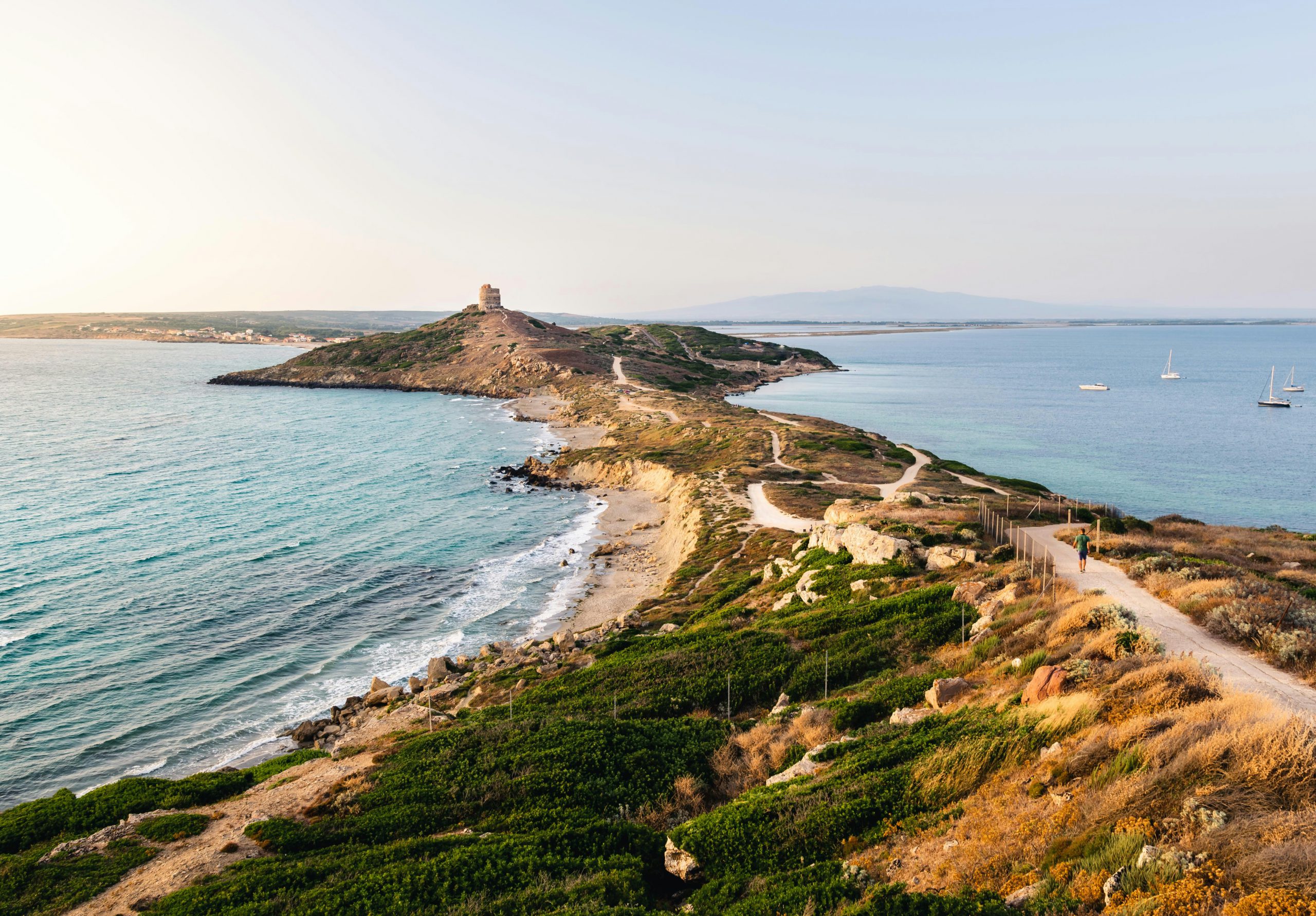
Photo de Léonard Cotte sur Unsplash

